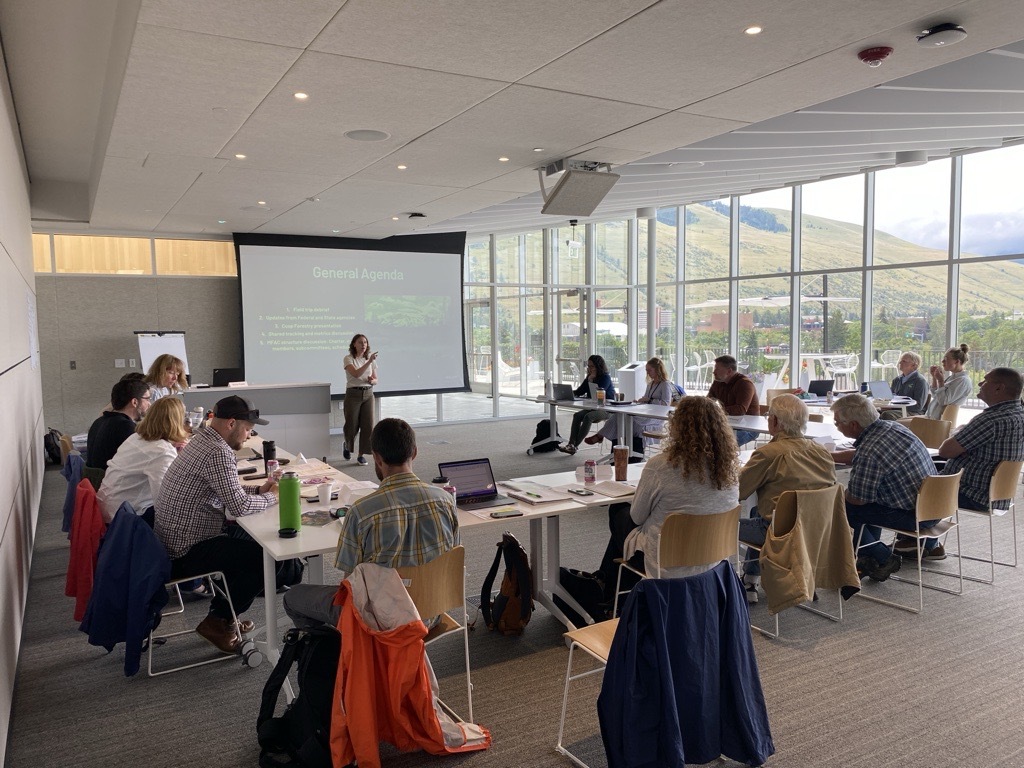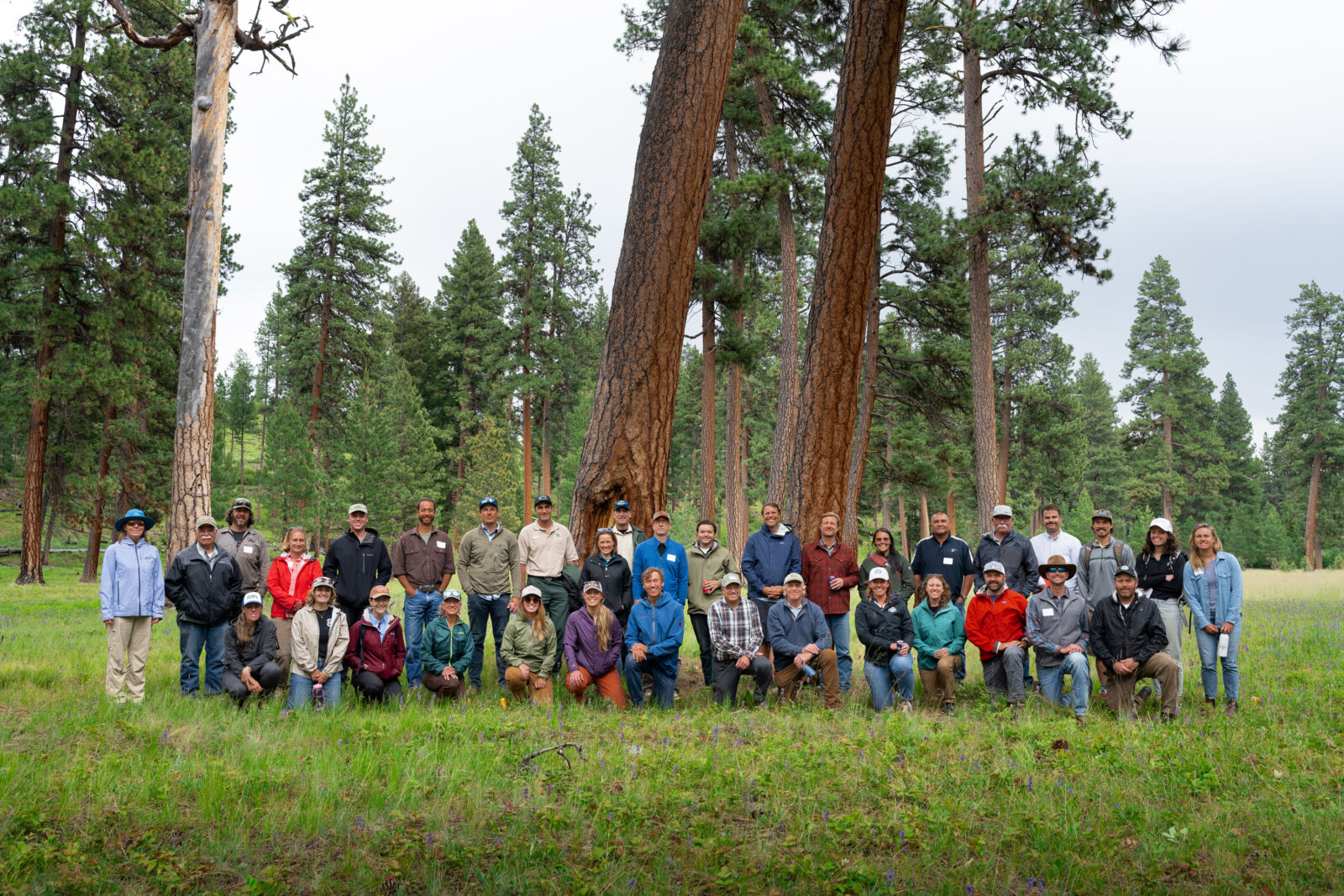Collaboration is becoming a key strategy for overcoming the challenges faced by America’s forests. In recent decades, there has been a concerted effort to unite diverse partners, encourage constructive discussions, and jointly create solutions, with funding for such initiatives increasing significantly through programs like the Collaborative Forest Landscape Restoration Program. Over the years, the National Forest Foundation (NFF) has played a pivotal role in many of these successful collaborative efforts.
However, collaborative work, especially within National Forests, brings its own set of challenges. It requires significant time and dedication to align timelines and maintain partners’ focus on collective goals rather than their short-term organizational objectives. Reaching consensus on scientific data and outcomes also demands patience and tenacity. The inherently slow pace of collaboration often feels mismatched with the urgency with which we need to restore forests to combat climate change and address years of fire suppression.
Therefore, mastering effective collaborative leadership is crucial for our forests' future. Thus, my objective during the Conservation Connect Fellowship was to gain practical strategies for guiding groups through planning projects, managing disagreements, and efficiently advancing critical work on National Forests.

During my fellowship, I contributed to several collaborative efforts in various stages, ranging from local initiatives to multi-forest collaborations. I assisted in drafting the South Idaho Landscape Coalition’s governance documents, witnessed initial implementation of the 2020 Montana Forest Action Plan, facilitated communication of Colorado’s cross-boundary Baldy restoration project to stakeholders, and aided in the final phases of the Grand Mesa, Uncompahgre, and Gunnison Forest Plan Revision process.
Participating in these processes from start to finish provided me with a comprehensive perspective on the successes and challenges of collaborative efforts. I learned that while many factors contribute to successful collaboration, the following five elements are most essential:

Having a dedicated coordinator is vital. Coordinating diverse partners necessitates managing conflicting schedules and differing levels of commitment. A point person is needed to set meeting agendas, follow up on tasks, and push the group on to the next steps. I observed NFF staff effectively navigate these complexities, ensuring group progress with diplomacy and efficiency.
Establishing a group's identity is the first step. Aligning a group around shared goals, a governance structure, and decision-making processes is a foundational, often challenging, first step to successful collaboration. During my fellowship, I saw several groups get stuck on this seemingly simple task. Yet, with NFF's guidance and resources, they were able find agreement and move beyond this phase.
Defining and celebrating success is critical. Collaborations are marathons, not sprints. Recognizing incremental successes is key to maintaining morale and momentum. Tracking efforts, like those created by Conservation Fellow Nate Bush for the Montana Forest Action Council, are crucial for keeping participants engaged and showcasing the impact of their efforts.
Patience and adaptability are key. Collaborating with government agencies requires navigating a maze of changing laws and regulations. My NFF supervisors skillfully handled unexpected delays and creatively adapted to changing timelines, masterfully helping partners stay engaged even in the face of significant roadblocks.
Prioritize inclusivity. Ensuring that partners with limited time or resources can be involved is essential to producing the best outcomes. NFF is working towards finding ways to involve partners who historically may not have had a seat at the table. To aid in these efforts, I created an Inclusive Meetings Guide based on research, observations of what works, and conversations with experienced NFF staff. This is just a small step towards better understanding how to ensure that historically excluded partners are prioritized in forest stewardship work.
As my fellowship concludes, I am thankful for the firsthand insight into collaborative process gained through my work with NFF. I look forward to applying these lessons to leading natural resources stewardship efforts after graduate school.
Sophie Daudon is a 2023 Conservation Connect Fellow pursuing a dual degree in public policy and environmental science at the University of Michigan. In her studies, Sophie has focused on facilitation, conservation policy, and forest ecology to pivot into a career leading collaborative efforts at the nexus of local, state, and federal policy that increase rural and forest resiliency in the American West.

